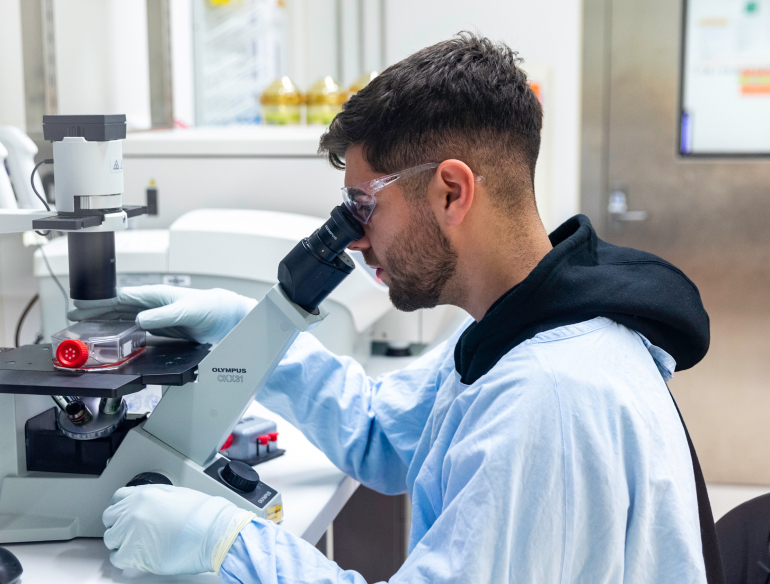Antiretroviral therapy (ART) for HIV-1 infection is not a cure, despite the increased quality of life and life expectancy, that these treatments provide. A ‘reservoir’ of cells containing functional HIV-1 remains ‘latent’ within the body, which were established very early during infection. How this HIV-1 viral reservoir evolves over time, and whether new HIV-1 infection or replication within a person during ART is seeded from these infected cells (even at a low-level), is poorly understood.
The study is based upon patients receiving an integrase inhibitor (INSTI) – a class of drug that is designed to stop HIV-1 from becoming part of host cell DNA, and will compare people during early primary infection (PHI) to those at a later stage with chronic infection (i.e. CHI, at more than 12 months). Accurate measurement of the size of the latent HIV-1 viral reservoir, the distribution of which (CD4+ T-cell) type (or subset) are infected and how the virus has evolved over 3 years (i.e. how many viruses within the cells of an infected individual are competent or defective) are the primary objectives.
The genomes of HIV-1 hidden inside cells that can be infected (i.e. CD4+ T-cells) which constitute the viral reservoir will be assessed in 16 people. Novel methods using molecular biology (PCR amplification and DNA sequencing) to characterise HIV-1 will be employed on CD4+ T-cell types that are important to HIV-1 infection will be isolated from blood using flow cytometry. Detection of the long-terminal repeat (2-LTR) circle number will inform us if the INSTI is working. Analysis of DNA sequencing data from the HIV-1 in the cells using phylogenetics will inform us how the HIV-1 (family tree) evolves over time.
We anticipate that the distribution of HIV-1 in the cells for those with PHI will be lower than those with CHI (because HIV-1 has had more time to disseminate within the body). The relatedness of the intact linear/proviral HIV-1 sequences between subsets, and evolution and/or divergence within each subset and across time points will also help delineate the mechanisms by which the latent reservoir is maintained.
This study will demonstrate for the first time the direct impact of an INSTI containing ART upon HIV-1 diversity and evolution. Importantly, this information will help to determine the mechanisms by which the HIV-1 reservoir is maintained, so that we may tailor new treatments to eradicate latent HIV-1 infection.
Westmead Millennium Institute.
National Institutes of Health (NIH, USA).

